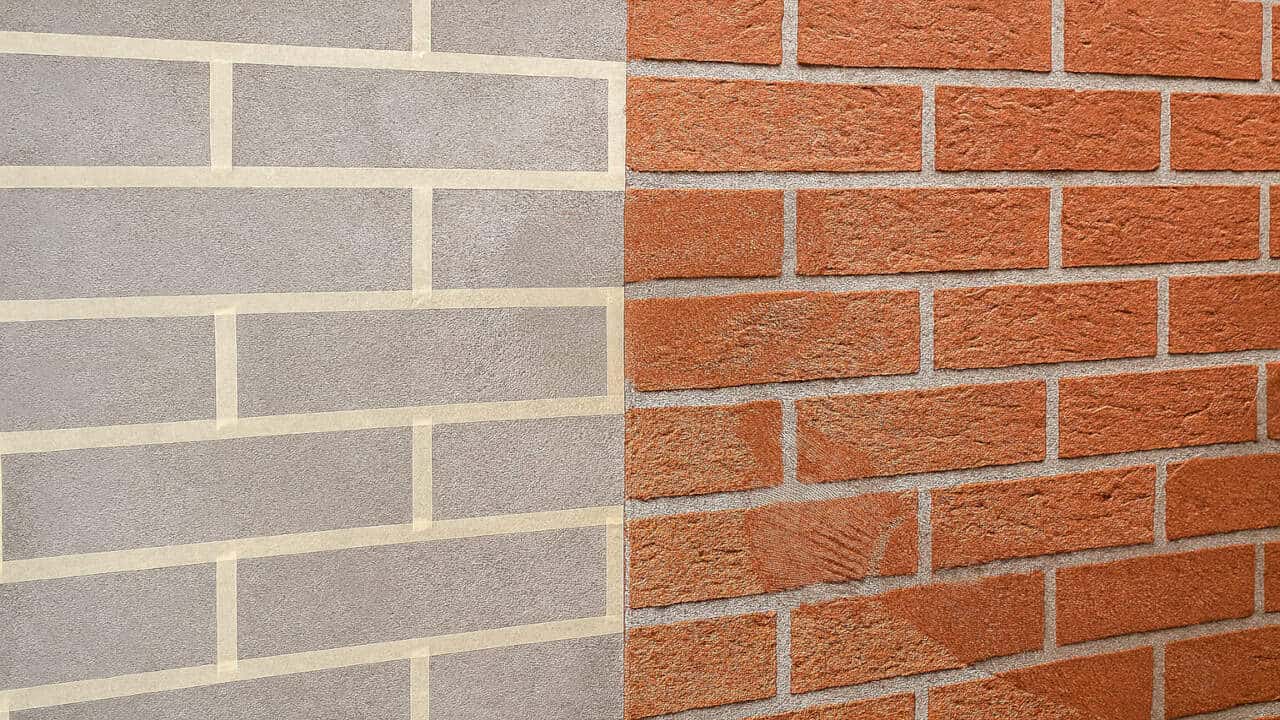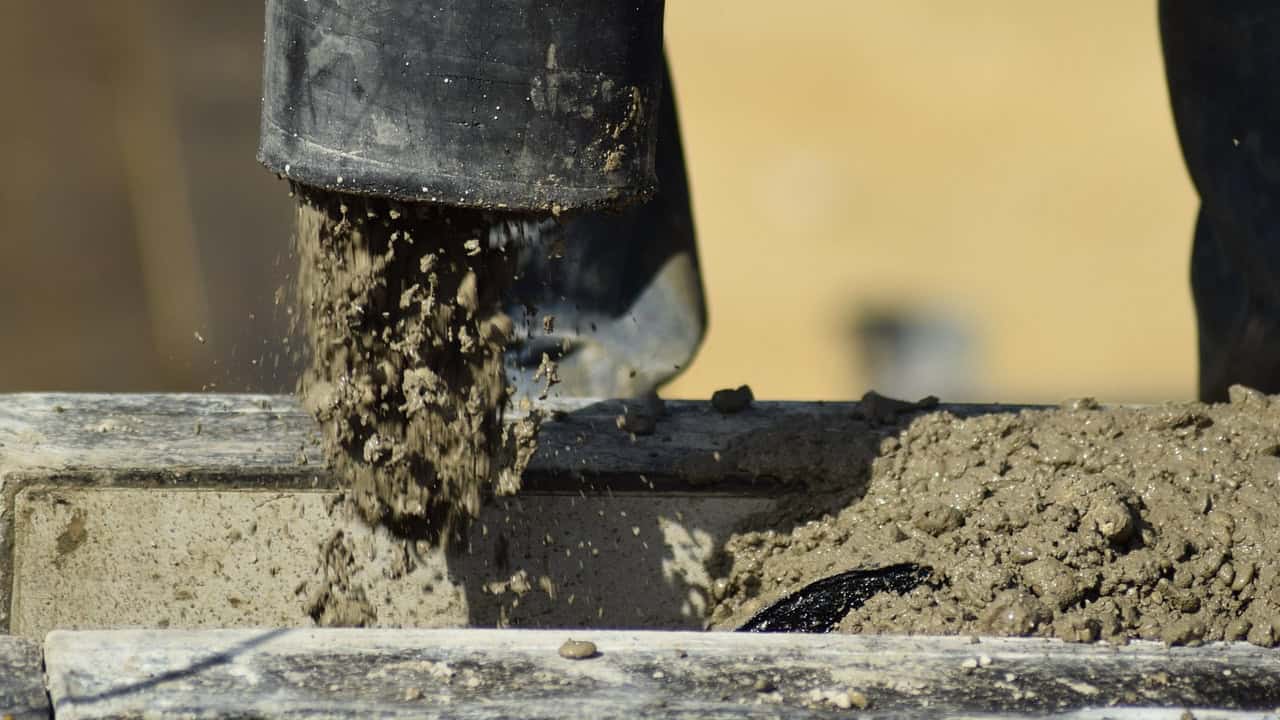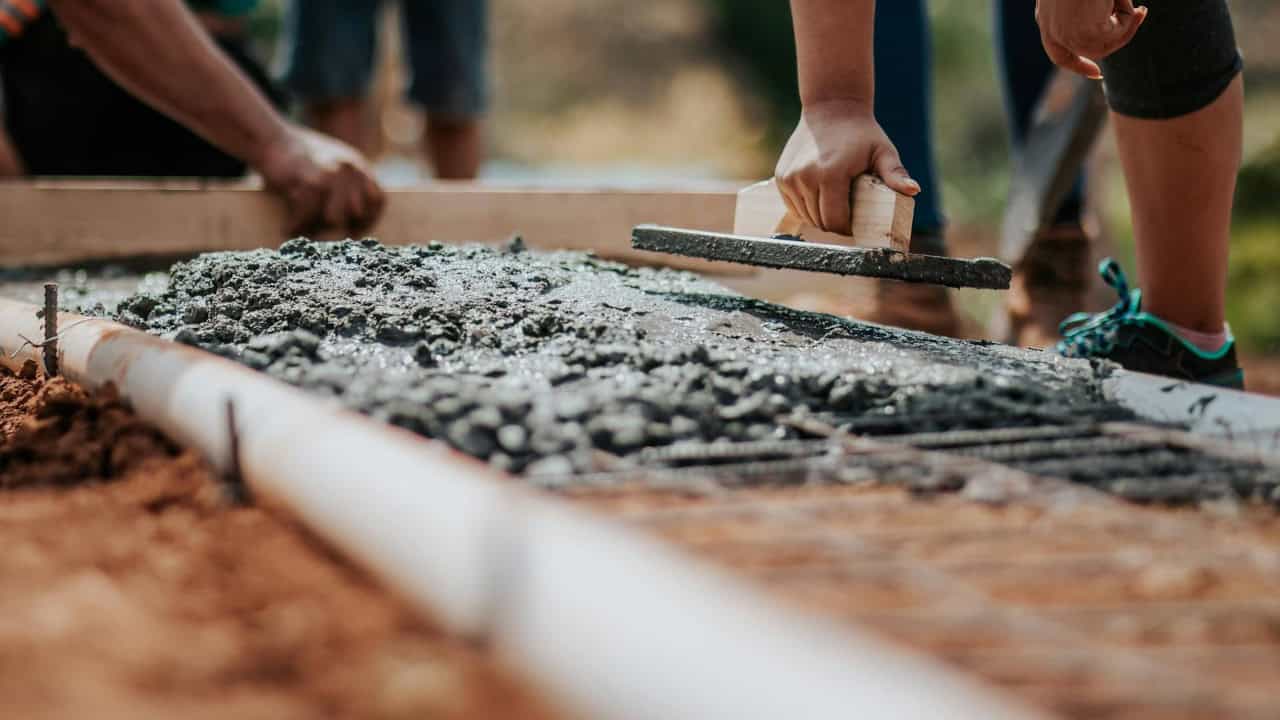Construction
Build stronger, longer-lasting projects
Home Construction Projects and Techniques
Construction work at home involves building, repairing, and improving the structural parts of your property. Whether you're pouring a new concrete driveway, building a deck, or adding a room addition, understanding proper construction methods helps you create safe and lasting results. Home construction projects require careful planning, the right materials, and attention to building codes in your area.
Common Construction Materials
Most residential construction relies on concrete, lumber, and various fasteners. Concrete is a mixture of cement, sand, gravel, and water that hardens into a durable surface for driveways, sidewalks, patios, and foundations. You'll need to understand the proper mix ratios, curing time, and finishing techniques to achieve strong results. Lumber comes in different grades and sizes for framing walls, building decks, or creating outdoor structures. Pressure-treated wood resists rot and insects, making it ideal for ground contact applications.
Other essential materials include rebar for reinforcing concrete, aggregate for drainage and base layers, mortar for brickwork and block walls, and various types of fasteners like nails, screws, and bolts. Each material serves a specific purpose in the construction process, and choosing the right one affects both the strength and longevity of your project.
Planning and Site Preparation
Successful construction starts with proper planning and site preparation. Before you begin any project, check with your local building department about permits, zoning rules, and setback requirements. Many construction projects need official approval to ensure they meet safety standards and property regulations. Skipping this step can lead to fines or having to tear down completed work.
Site preparation includes clearing the work area, marking utility lines, establishing proper drainage, and leveling the ground. Call your local utility locator service before digging to avoid hitting underground gas lines, water pipes, electrical cables, or fiber optic lines. Proper grading ensures water flows away from structures, preventing foundation problems and soil erosion. Compacting the soil creates a stable base that won't settle unevenly over time.
Foundation and Structural Work
The foundation supports the entire structure and must be built correctly from the start. Concrete foundations need adequate depth below the frost line to prevent heaving in cold climates. Footings distribute the weight of walls and posts over a larger area, reducing the risk of settling. Proper reinforcement with rebar creates tensile strength that plain concrete lacks.
Framing creates the skeleton of walls, floors, and roofs. Understanding load-bearing walls, joist spacing, and proper header installation ensures your structure can safely support the intended weight. Corner bracing and hurricane ties add strength against wind loads and seismic forces. Using the correct lumber dimensions and spacing prevents sagging floors and bouncy decks.
Tools and Equipment
Construction projects require both hand tools and power equipment. Essential hand tools include hammers, levels, tape measures, squares, shovels, and trowels. Power tools like circular saws, drills, reciprocating saws, and pneumatic nailers speed up the work considerably. For concrete projects, you'll need wheelbarrows, mixing equipment, bull floats, and finishing trowels.
Larger projects may require renting equipment like concrete mixers, plate compactors, post hole diggers, or scaffolding. Using the right tool for each task improves both quality and safety. Keep tools in good condition by cleaning them after use and storing them in a dry location.
Safety Considerations
Construction work involves potential hazards that require proper safety precautions. Always wear appropriate personal protective equipment, including safety glasses, work gloves, steel-toed boots, and hearing protection when using loud power tools. Dust masks or respirators protect your lungs from concrete dust, wood particles, and other airborne materials.
Work with a partner when lifting heavy materials or working at heights. Use proper lifting techniques to avoid back injuries, and set up stable scaffolding or ladders for elevated work. Keep the work area clean and organized to prevent trips and falls. Store sharp tools safely and disconnect power equipment when changing blades or bits.
Weather and Seasonal Factors
Temperature and moisture conditions affect construction materials and methods. Concrete requires specific temperature ranges for proper curing, typically between 50 and 85 degrees Fahrenheit. Cold weather slows the curing process and can cause surface scaling, while hot weather accelerates curing and may lead to cracking if moisture evaporates too quickly. Use insulating blankets in cold conditions and apply curing compounds or keep surfaces moist in hot weather.
Rain can wash out fresh concrete, dilute mix ratios, and make working conditions difficult. Plan projects during dry weather when possible, or have tarps ready to protect work in progress. High humidity slows drying times for paints and sealers, while low humidity can cause materials to dry too quickly. Wind affects mixing concrete, spreading dust, and working safely at heights.
Quality and Durability
Building quality into your construction project ensures it lasts for decades with minimal repairs. Use proper joint spacing to control cracking in concrete slabs. Control joints create intentional weak points where cracks form in straight lines rather than random patterns. Expansion joints between structures allow for thermal movement without causing damage.
Protect materials from moisture damage using proper flashing, waterproof membranes, and drainage systems. Apply sealers to concrete and masonry surfaces to prevent water penetration and freeze-thaw damage. Choose materials rated for outdoor exposure when building exterior structures. Regular maintenance, including cleaning, sealing, and repairing minor damage promptly, extends the life of any construction project.
Common Residential Projects
Popular home construction projects include concrete driveways and walkways, wooden decks and pergolas, retaining walls, fences, sheds, and room additions. Each type of project has specific requirements for materials, methods, and building codes. Starting with smaller projects builds your skills and confidence before tackling larger undertakings.
Learn the fundamentals of measuring, cutting, leveling, and fastening materials properly. Understanding how different materials behave and interact helps you choose the right approach for each situation. Study successful projects and learn from mistakes to continuously improve your construction skills.

How To Make Concrete Look Like Brick
Transform plain concrete into brick-like finishes using stencils, stamps, or paint.

How To Pour Concrete Driveway In Sections
Plan, form, pour, and cure sectional slabs to improve durability and control cracks.

How to Cure Concrete in Different Climates
Hot, cold, humid, or dry - apply climate-specific curing techniques for strong results.
